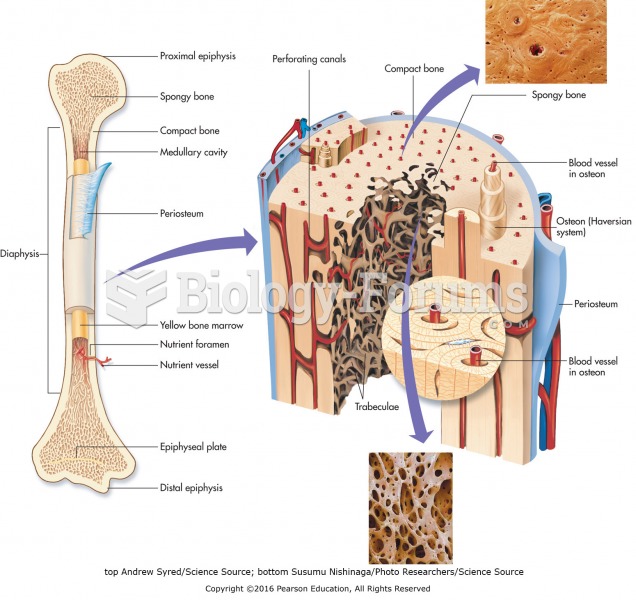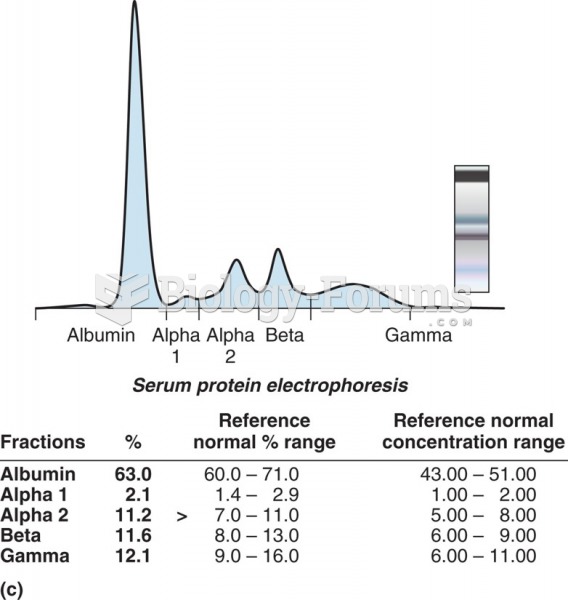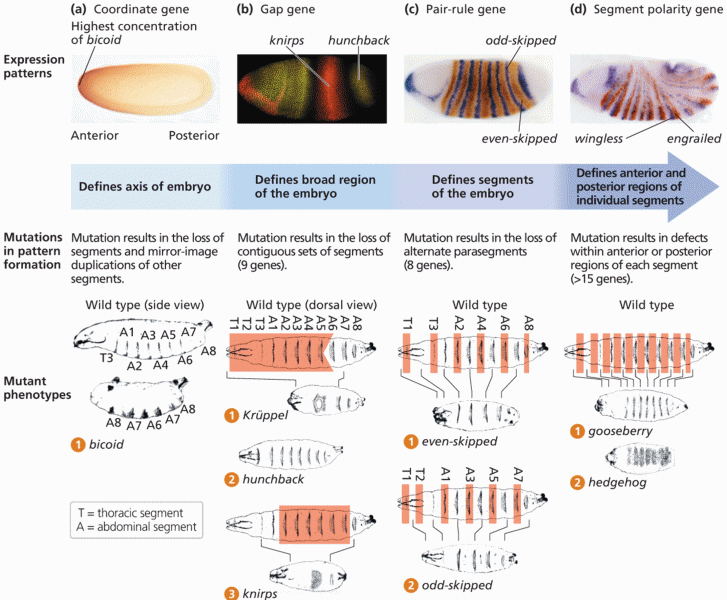This topic contains a solution. Click here to go to the answer
|
|
|
Did you know?
More than 20 million Americans cite use of marijuana within the past 30 days, according to the National Survey on Drug Use and Health (NSDUH). More than 8 million admit to using it almost every day.
Did you know?
People about to have surgery must tell their health care providers about all supplements they take.
Did you know?
If all the neurons in the human body were lined up, they would stretch more than 600 miles.
Did you know?
Approximately 500,000 babies are born each year in the United States to teenage mothers.
Did you know?
On average, the stomach produces 2 L of hydrochloric acid per day.







